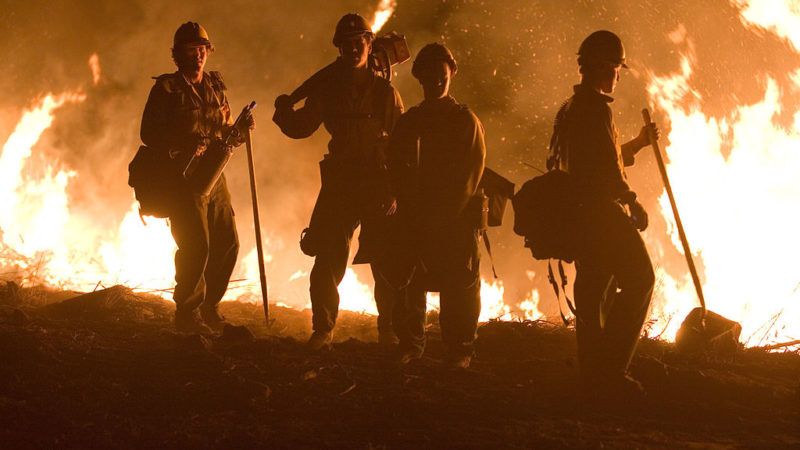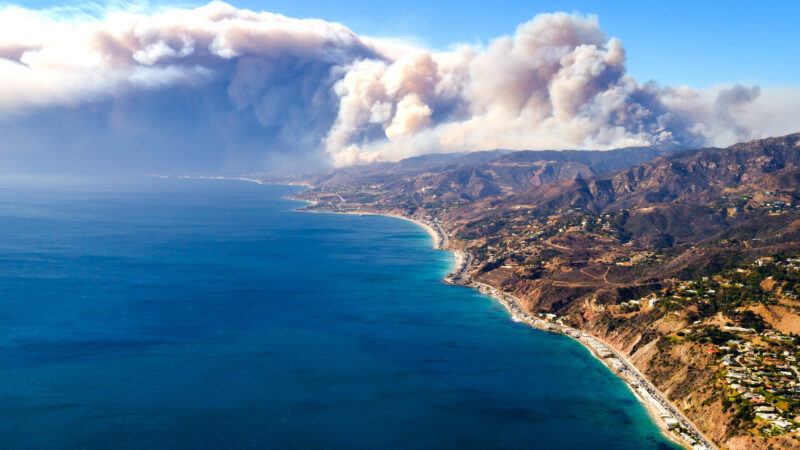In the California Ecosystem Futures project, we at the Center for Climate Science and our colleagues are using climate, vegetation, and fire observations and models to answer critical questions for California’s future: Under climate change, what will happen to forests? How will fire risk change? How will climate, forest, and fire changes interact with and exacerbate one another — and what can we do to prepare?
Context
From 2011 to 2015, California experienced a drought of historic severity, thanks to a persistent lack of precipitation and extreme warmth. The drought was bracketed by two extremely wet years in 2010 and 2016, and was accompanied by unprecedented tree death and wildfire in California’s wildlands. As a result, the 2017 fire season is shaping up to be one of the worst in modern history.
Over the 21st century, climate scientists predict continued warming and an increase in swings between extremely wet and dry conditions. Since wet conditions favor vegetation regrowth and the buildup of fuels — and warm, dry conditions favor forest dieback and wildfire — these predictions raise questions critical for California’s future: Are the extreme forest dieback and fire conditions seen during the recent drought a harbinger of even greater future changes? What do future changes mean for California’s unique ecosystems, forest and fire management practices, and economy?
The scientific breakthrough
High-resolution computer models of climate, vegetation, and fire behavior make it possible to answer questions about the future of forests and fire in California. In this project, the Center for Climate Science will lead a collaboration among climate scientists, satellite experts, vegetation modelers, fire scientists, and ecologists. Throughout the project, we will:
- Analyze observed relationships between fire, tree mortality, and climatic conditions during the recent drought
- Develop computer simulations of climate, vegetation, and fire to determine the causes of recent tree death and fire variations
- Quantify the role of recent climate change in worsening the observed forest dieback and fire
- Produce high-resolution climate change projections to simulate the impact of warming and increases in precipitation extremes on 21st century vegetation growth, fire, and forest dieback
- Assess how future forest and fire management might evolve to mitigate the largest impacts of climate change on California’s wild lands
The first-of-their-kind climate, vegetation, and fire simulations will deepen our understanding of the complex interactions within California’s wild lands, and will leave a technological legacy in the form of a modeling framework that is easily applied to other regions. The research process will train young scientists in societally relevant interdisciplinary research, the results will help stakeholders plan effective climate change adaptation and mitigation, and our outreach efforts will educate the public about climate change impacts on the treasured lands and resources they depend on.
More about the project
This collaboration among UCLA, UC Berkeley, UC Davis, UC Irvine, UC Division of Agriculture and Natural Resources, Los Alamos National Laboratory, and Lawrence Berkeley National Laboratory is funded by the University of California Laboratory Fees Research Program. The project began in March 2018 and continues through February 2021.







